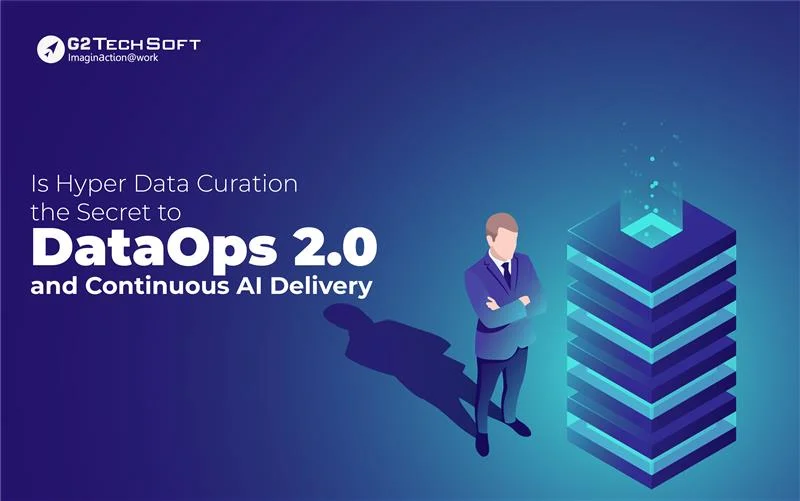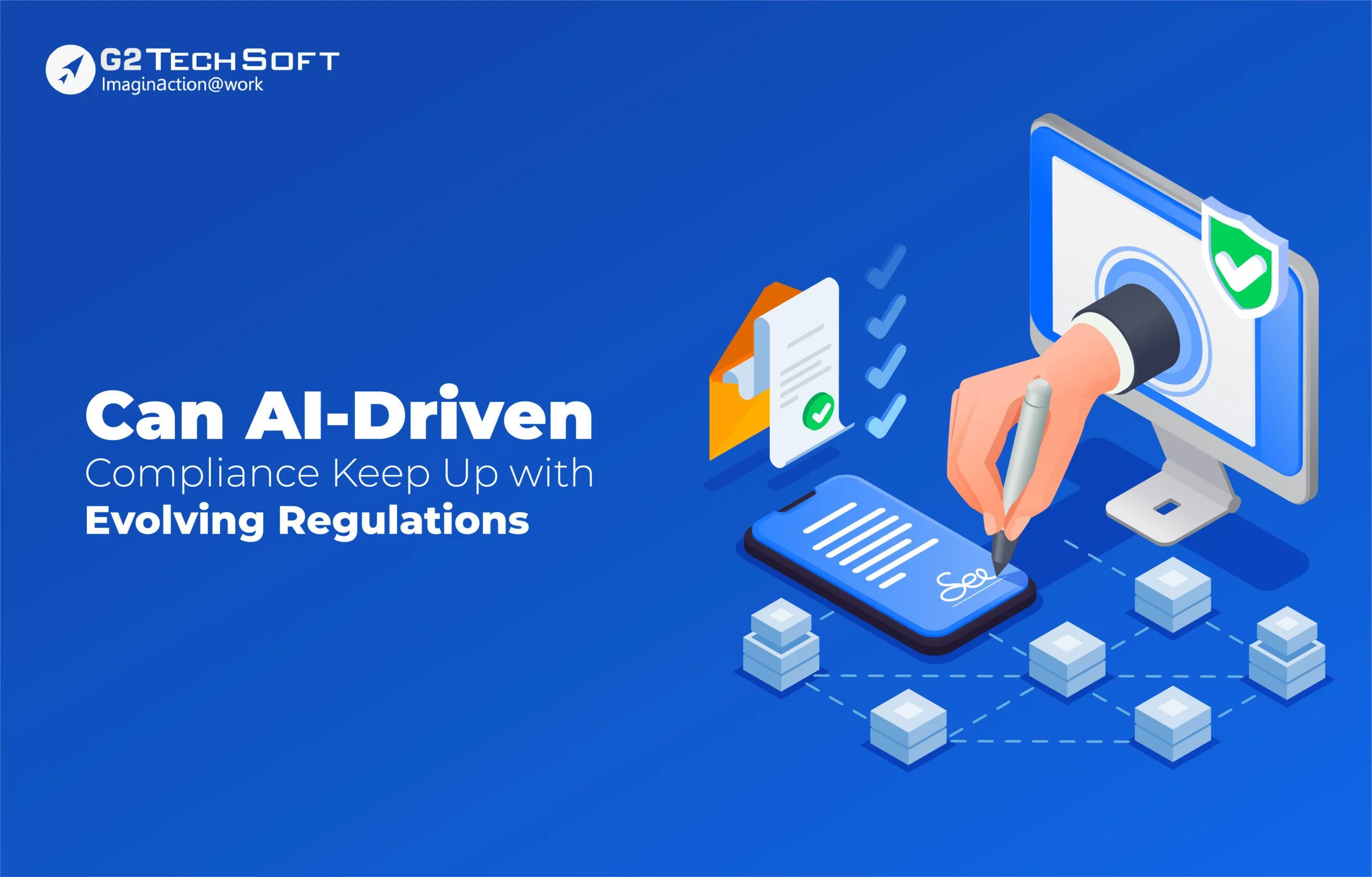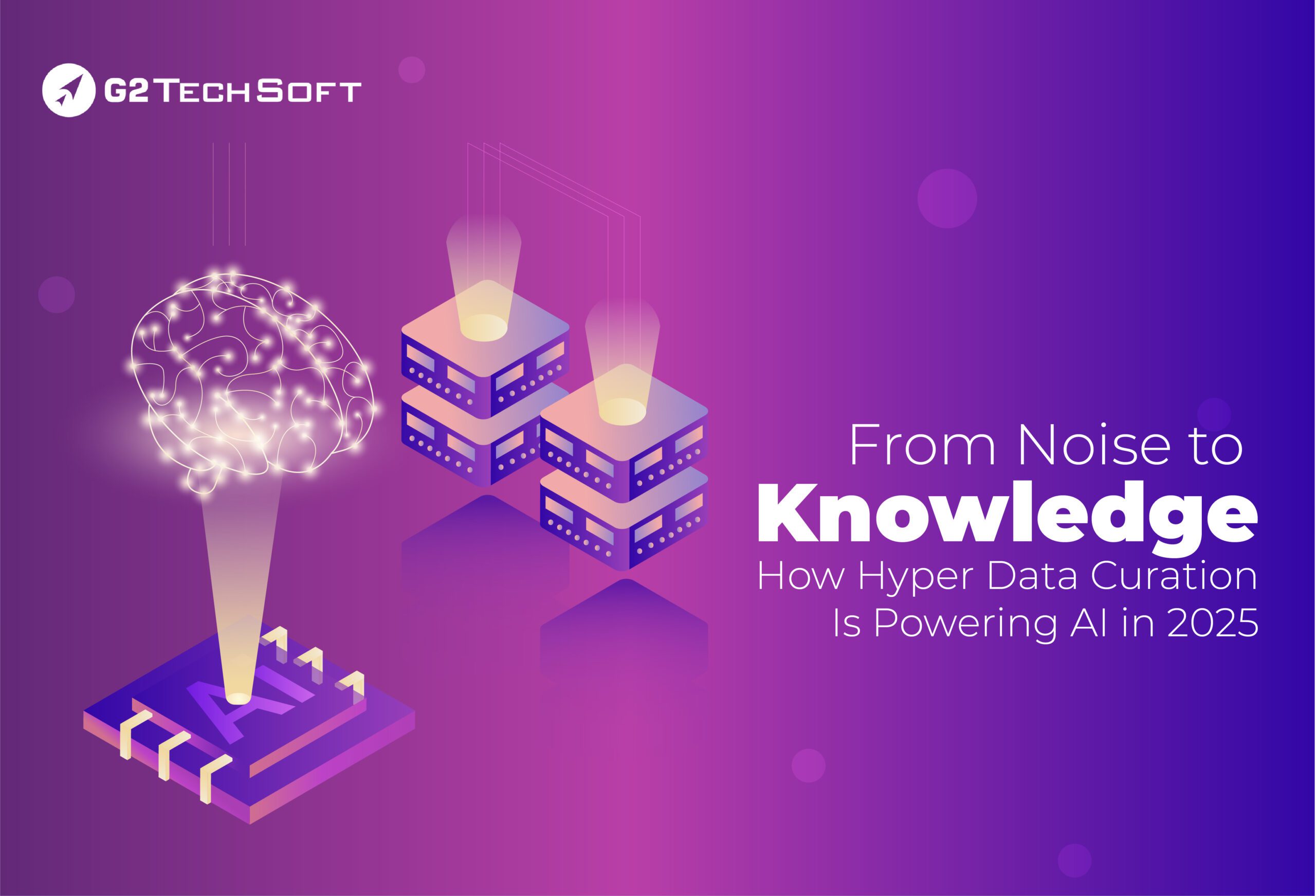
Is Hyper Data Curation The Secret To DataOps 2.0 And Continuous AI Delivery?
Introduction:
The pace at which artificial intelligence is evolving has shifted how enterprises manage their data. What once took months—developing, testing, and deploying AI models—now needs to happen in weeks or even days. As AI becomes a continuous service rather than a one-time solution, organizations are racing to upgrade their data pipelines for agility, reliability, and speed.
Enter DataOps 2.0—the next-generation framework for data operations, designed to meet the demands of real-time data ecosystems and AI-first enterprises. However, even with automation and CI/CD in place, many companies struggle to consistently operationalize AI.
So, what’s the missing link?
This article explores the rising significance of hyper data curation as a cornerstone for DataOps 2.0 and whether it holds the key to seamless, continuous AI delivery.
What Is DataOps 2.0?
To understand the role of hyper data curation, we first need to decode what DataOps 2.0 means. While traditional DataOps focused on improving collaboration between data engineers, scientists, and operations teams, the 2.0 version is more automated, integrated, and intelligent.
Key Characteristics Of DataOps 2.0:
- Automation-Driven: Repetitive tasks like data integration, transformation, and testing are automated to reduce human error and accelerate processes.
- CI/CD for Data: Just like in DevOps, DataOps 2.0 applies continuous integration and continuous delivery principles to the data lifecycle, enabling faster experimentation and deployment.
- Real-Time Observability: With high-velocity data pipelines, real-time monitoring and anomaly detection are non-negotiable.
This evolution reflects a critical need: to enable trusted, scalable data delivery that can support advanced AI solutions without bottlenecks.
The Role Of Hyper Data Curation:
So, where does hyper data curation come in?
At its core, hyper data curation refers to the automated, context-aware, and continuous refinement of data to ensure it’s not only accurate but also relevant, timely, and AI-ready. It’s an elevated form of traditional data curation, optimized for high-scale AI and real-time decision-making.
In a DataOps 2.0 environment, hyper data curation acts as the quality gatekeeper across the pipeline. It blends metadata management, semantic tagging, automated labeling, and contextual enrichment to ensure data is always fit-for-purpose.
Hyper Data Curation in Action:
- Real-time checks for data consistency, relevance, and compliance
- Dynamic adaptation of datasets for shifting AI training objectives
- Plug-and-play compatibility with ML pipelines and orchestration layers
As organizations look to deploy hyper data curation services in 2025 and beyond, the emphasis is shifting from just collecting data to activating data intelligently.
Bridging The Gap: Continuous AI Delivery
The ambition of continuous AI delivery—the seamless movement of models from training to testing to production—has long been hampered by data inconsistencies. Data scientists spend up to 80% of their time just preparing data, a major drag on speed and scalability.
Common Bottlenecks:
- Model Drift: Deployed models become obsolete as new data changes patterns.
- Bias and Compliance Risks: Poorly curated data increases ethical and regulatory risks.
- Validation Lag: Models can’t be trusted unless data quality is constantly ensured.
This is where hyper data curation shines. By continuously feeding ML systems with validated, contextual, and bias-checked data, hypercuration minimizes retraining needs and ensures models remain accurate over time.
In short, it closes the loop between model development and deployment—an essential feature for delivering real-time AI services like fraud detection, predictive maintenance, or personalization at scale.
Use Cases:
Use Case 1: Real-Time Fraud Detection In Fintech
Financial institutions deal with millions of transactions daily. With hyper-curated behavioral and transactional data, AI models can instantly flag anomalies, preventing fraud before it impacts users. The feedback loop between curation and model output improves continuously, creating a resilient, adaptive risk system.
Use Case 2: Personalized Healthcare Using Curated Patient Data
In healthcare, patient data is complex, varied, and sensitive. Hyper data curation ensures that AI models for diagnostics or treatment planning receive consistent, anonymized, and enriched data. This boosts model accuracy while ensuring compliance with HIPAA and similar regulations.
Use Case 3: Smart Retail Powered By Dynamic Behavioral Data
Retailers using AI to personalize shopping experiences depend on behavioral and contextual data. Hyper curation allows systems to adapt offers in real-time based on clickstream data, past purchases, and environmental factors, improving customer engagement and increasing sales conversions.
Key Benefits:
When embedded into a DataOps 2.0 pipeline, hyper data curation delivers the following benefits:
1. Data Quality At Scale:
Hyper curation automates consistency checks, tagging, and semantic alignment, ensuring only the highest-quality data flows into AI pipelines, even across millions of records.
2. Reduction In Manual Data Preparation:
Data scientists can focus more on modeling and innovation rather than spending countless hours cleaning and labeling data.
3. Accelerated Time To Insight:
By delivering AI-ready data in near real-time, organizations can deploy models faster and gain insights quicker, turning data into action.
4. Enhanced AI Governance And Traceability:
Hyper data curation includes metadata and lineage tracking, which supports AI compliance and provides a clear audit trail, critical for regulated industries.
Together, these advantages set the stage for digital transformation services that are smarter, faster, and more reliable.
Challenges And Considerations:
Despite its promise, implementing hyper data curation in real-world enterprise environments involves a variety of strategic and technical challenges.
Organizations must navigate multiple dimensions—tools, teams, governance, and infrastructure—to fully unlock the benefits of DataOps 2.0 and continuous AI delivery.
1. Tool Interoperability And Architecture Readiness:
Many enterprises still operate on fragmented, legacy data infrastructures that were not designed with AI in mind. Integrating hyper data curation platforms often requires re-architecting data pipelines to support real-time data ingestion, automated metadata enrichment, and scalable processing.
Moreover, organizations typically use a mix of tools for data warehousing, analytics, ETL, and machine learning. Ensuring seamless interoperability between these tools and hyper-curation engines can be complex. Without proper integration, curated data can become siloed, underutilized, or inconsistent across applications.
A robust, cloud-native architecture that supports modular components, containerization, and real-time orchestration (e.g., using Kubernetes, Apache Airflow, or Spark) is often a prerequisite for successful implementation.
2. Cost vs. ROI In Implementation:
While hyper data curation services promise substantial long-term ROI through faster AI deployment and better decision-making, the upfront costs can be a hurdle. These include licensing new platforms, investing in cloud resources, training teams, and migrating data assets.
For companies operating on tight budgets, justifying the investment requires a clear business case. Leaders must weigh costs against tangible outcomes like reduced data prep time, improved model performance, fewer compliance issues, and faster time to market for AI features.
Organizations are advised to start small, perhaps with a pilot in a high-value use case (like fraud detection or personalization), and scale once ROI is demonstrated.
3. Change Management In Data Teams:
Hyper data curation fundamentally changes how data professionals work. Traditional roles like data engineers and analysts may need to evolve toward more automation-savvy and model-aware skill sets. This can spark resistance or fear, especially if roles appear to be threatened by automation.
Successful adoption requires not just technology upgrades but cultural transformation. Leaders must invest in ongoing training, create clear communication about the value of the shift, and align incentives around collaborative, AI-ready data practices.
4. Data Governance And Trust:
Automating the curation process adds another layer of complexity to AI governance. How do teams ensure that curated datasets remain ethical, unbiased, and compliant with global regulations?
Establishing a transparent governance structure that tracks data lineage, monitors curation logic, and audits AI outcomes is essential. Without these controls, automated systems can introduce unintended bias or inaccuracies that erode stakeholder trust.
Especially for regulated industries like healthcare and finance, embedding compliance-by-design principles into the curation workflow becomes non-negotiable.
This is where partnering with a digital transformation company becomes crucial. Firms like G2Techsoft bring the experience, tools, and frameworks necessary to bridge gaps in people, processes, and platforms.
Conclusion:
As we move into 2025, it’s clear that traditional data management strategies won’t suffice in a world where AI is expected to operate continuously, ethically, and at scale. The evolution toward DataOps 2.0 signals a shift not just in tools, but in mindset—one that prioritizes agility, automation, and accountability.
Hyper data curation emerges as the engine behind this transformation. It ensures that data remains trusted, contextual, and instantly usable across every AI lifecycle stage. From real-time decision-making to robust AI governance, it’s quickly becoming the foundation for continuous AI delivery.
For organizations serious about operationalizing AI in real-time, assessing data maturity and exploring hyper data curation services isn’t just a competitive move—it’s a strategic imperative.
Partnering with top artificial intelligence experts like those at G2Techsoft can accelerate this journey, ensuring your infrastructure, people, and processes are aligned for the future of AI.



